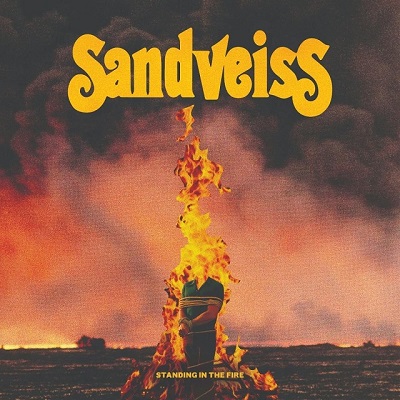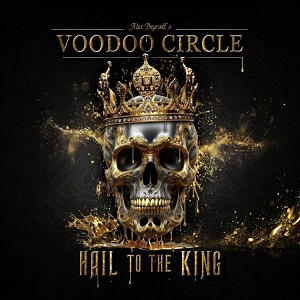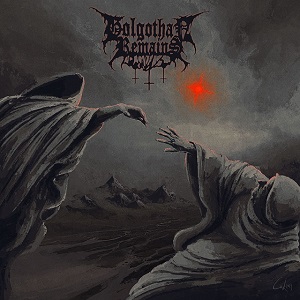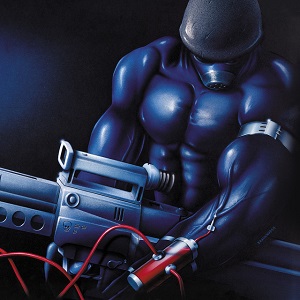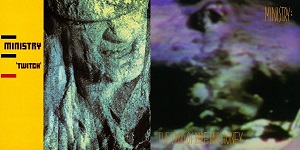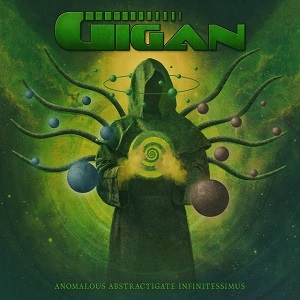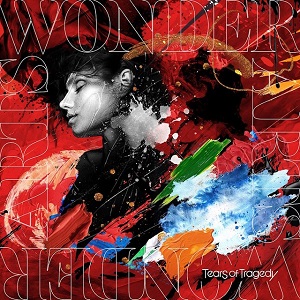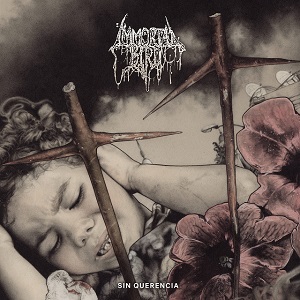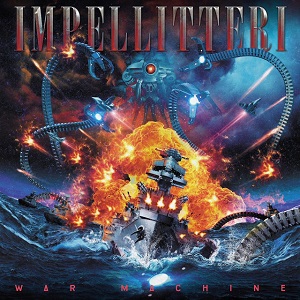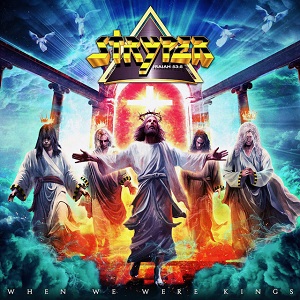RANDY BACHMAN - "All Of Those Old Records Have Mistakes On Them And Nobody Cares Because Rock And Roll Is Not About Perfection"
June 17, 2012, 12 years ago
Randy Bachman (BACHMAN TURNER OVERDRIVE, THE GUESS WHO) is featured in a new interview with Jeb Wright at Classic Rock Revisited. An excerpt is available below.
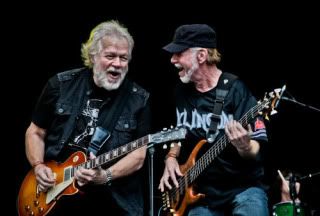
Jeb: I liked the studio album Fred Turner and you did and now you’ve followed it up with a live album. How did you decide the second album should be a live offering?
Randy: "PBS is going to be a 3D network in a couple of years and they want content. They are shooting a bunch of concerts. They are going to all be 3D, high Def, 12 camera shoots. We had a choice Chicago, which didn’t work out, or the Roseland in New York. We were being shot between some major superstars like Jessica Simpson, Josh Groban, JOURNEY and others like that. It is a five million dollar truck and set up that they are using. We ended up doing it at the Roseland, which was great because I was able to get my buddy, Paul Schaefer, to play on a few tracks, as it is just down the block from the Ed Sullivan Theater.
We started at Sweden Rock and then we played a few festivals in Canada and the States so we were in really good playing shape. We were able to integrate a few songs from our studio album into our stage show and we managed to put in 'Shakin’ All Over', which was the first hit that I ever played guitar on, and 'American Woman' from the Guess Who. It was preordained by PBS, to answer your question. We didn’t decide to do it, we agreed to do it."
Jeb: The new songs went down well during the show. It was not a case where people just wanted to hear the hits.
Randy: "I went to great lengths in the studio to recreate the BACHMAN TURNER sound. I have all of the same gear, I have the same amps and the same guitars and I even used stuff that was older, like Harmony guitars and things. You can’t get the old sound anymore so we used the original stuff to get that sound. The solo I did on Fred’s song, 'Moonlight Rider', I used an old Harmony Stratotone guitar through this tiny little amp, which was like the one Jimmy Page used on Led Zeppelin I.
I used this little 15 watt amp and I laid it down, flat, on the ground and pointed it at the ceiling and I put a microphone over it. What happens is that you get this incredible sound like a wall of Marshals. The distortion is just coming from the tube and speaker, so there is no pedal distortion at all. It is just a little amp on full. The notes end up having a unique clarity because it is not using contrived distortion. It works great for power chords and it really makes your solos stand out. The greatest compliment I have gotten on the new album is that someone said it sounded like the lost BTO album from 1978 that never came out. It really does fit right in there."
Jeb: Are you okay with using the digital world over the analog world?
Randy: "You can use the new technology and just decide to record live, with no overdubs, which is what we did. You take the first take of your guitar solo and even if you don’t know what to play, or if you hit a bad note, then you leave it. You capture a performance. If there is a little gronk note in there then who cares, as I might have done that live anyway. You just capture a moment in time. You can go ProTools and make everything perfect but that is not a rock and roll record. That is a modern contrived overdubbed record. You can make a perfect performance but that does not evoke your hair standing up on your arms like Elvis doing 'Hound Dog' or Aretha Franklin doing 'Respect'. Because old songs like that are true performances they really get you going. Guys go nuts now and try to fix everything but all of those old records have mistakes on them and nobody cares because rock and roll is not about perfection, it is about groove and feel.
The new technology can help when writing songs. You can decide that the verse is too long and then cut down the first line to the forth line and cut out some of it and get to the chorus faster. You can cut it down faster and it makes a lot of sense. In the old days you would take the tape and cut it with razor blades and splice it back together. It was pins and needles when that happened. Now, my favorite thing in the studio is the button that says ‘undo.’ To have eight or nine levels of undo is fantastic. In the old days, you needed two tape machines. One with the good tape and you tried to make a copy. If it didn’t work then you just destroyed your masterpiece if you didn’t have a taped copy of it."
Go to this location for the complete interview.

